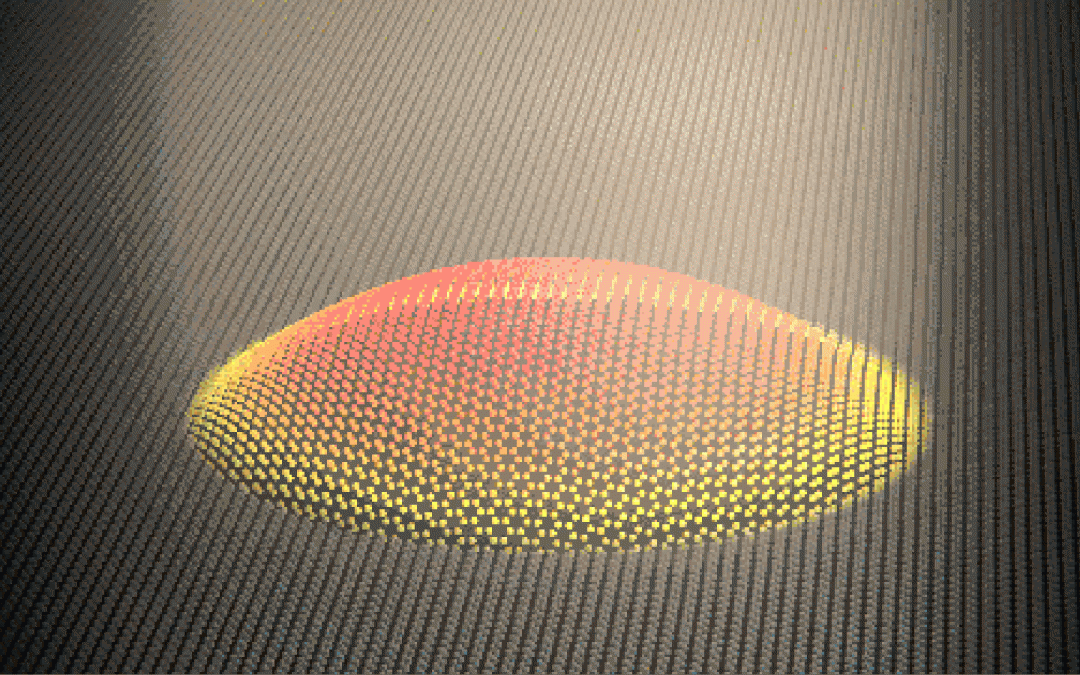LED technology has enabled the widespread adoption of flat-panel televisions screens and video screens that provide sharp, high-quality images with near-perfect colors. However, that may change in the near future with the introduction of a new type of display technology: ‘mechanical pixels’ produced by graphene bubbles.
Researchers from Delft University of Technology in the Netherlands have been studying the effects of silicon-oxide panels covered with graphene. These sheets of pure carbon are about an atom thick. The silicon panel contains microscopic holes and graphene is stretched over these holes. This allows small, shape-shifting bubbles to form. When the pressure inside the cavities shifts, the bubbles produce different colors by refracting light in a concave or convex state. Graphene bubbles change color as they expand and contract which translates to producing a beautiful array of colors.
Graphene, described as the ‘material of tomorrow’, is the strongest and thinnest material on the planet. It’s a form of carbon and extremely pliable. It was discovered over a decade ago and experiments from Nobel Prize winners in 2010 led to the commercial production of graphene. Since it is such a thin material by nature, researchers at Delft University of Technology had to use a double layer of graphene to produce any type of effect.
So far, the color changes have been observed under a microscope and more testing and experiments are required to see if this process will produce similar results on a larger scale. Using graphene means the new generation of display technology would be extremely lightweight. However, there are still some limitations to this concept. Since there is no way to backlight the display, these panels would only tentatively work with sunlight. In addition, researchers are still trying to create the purest colors from graphene bubbles. Right now, the bubbles produce a full rainbow of colors but not a single, pure primary color with this method.
Will these ‘mechanical pixels’ be creating a wave in the future? There is still much to be explored with this material. Researchers at Delft are working on prototypes that may be ready for the Mobile World Congress tech conference in March 2017.

